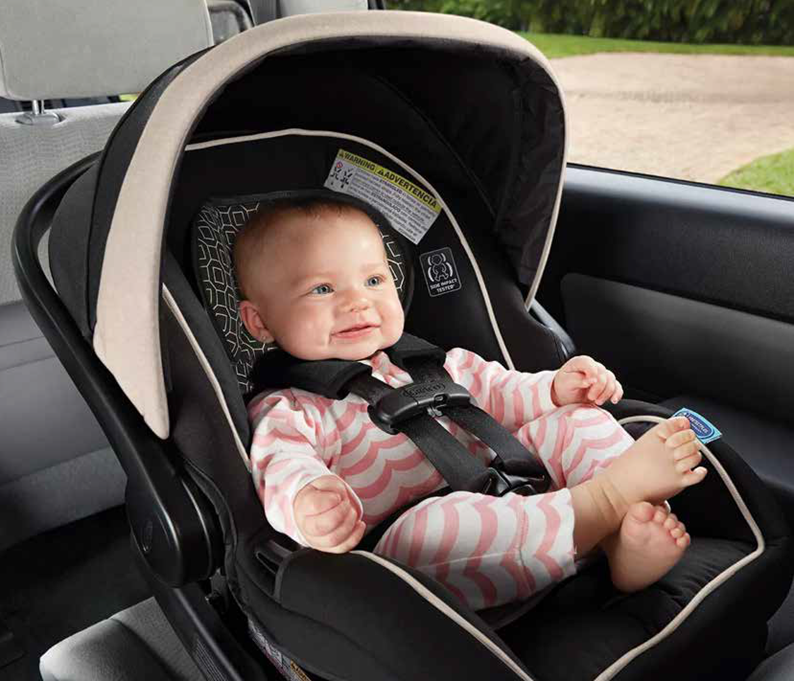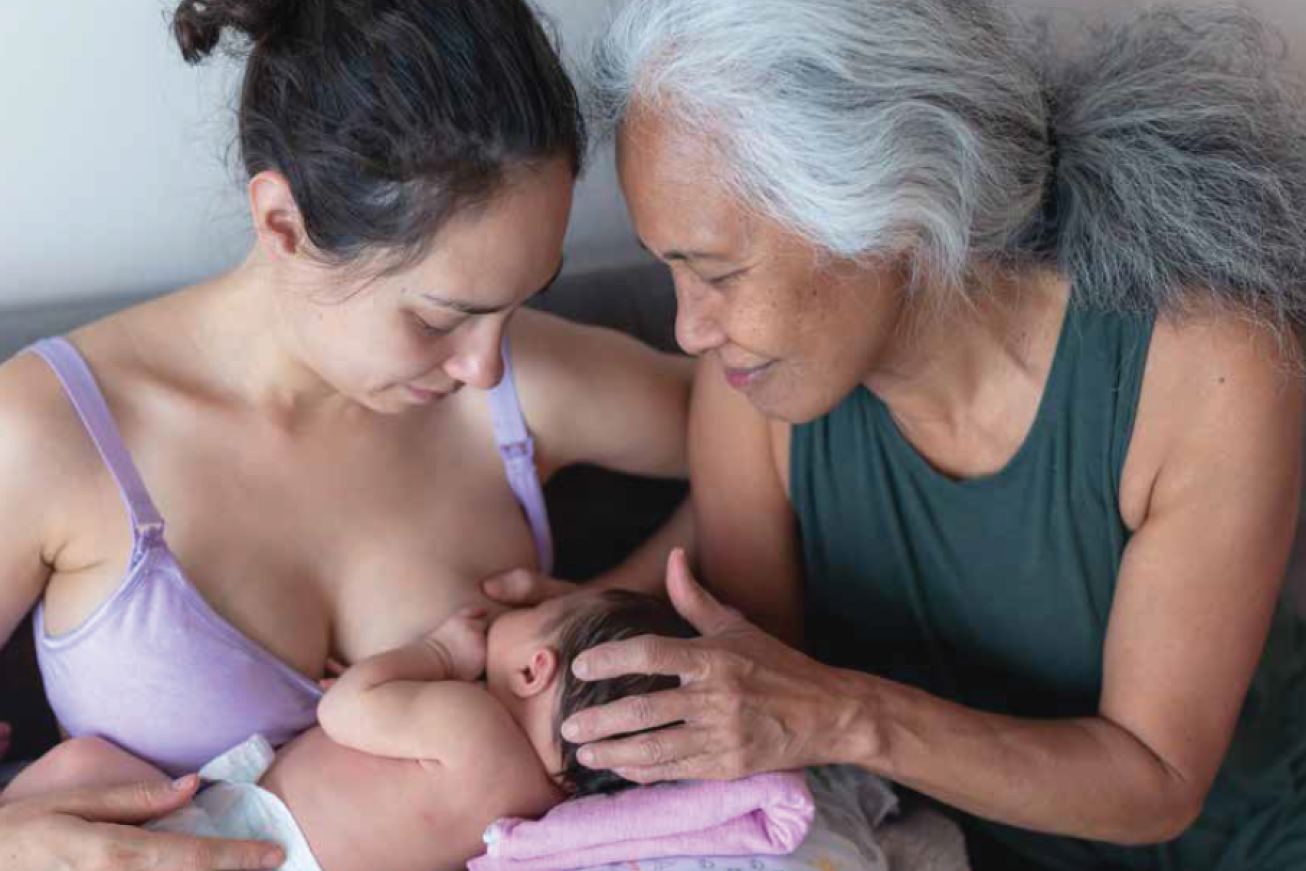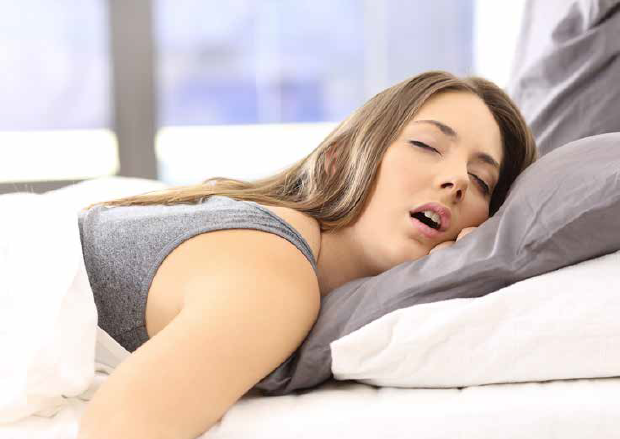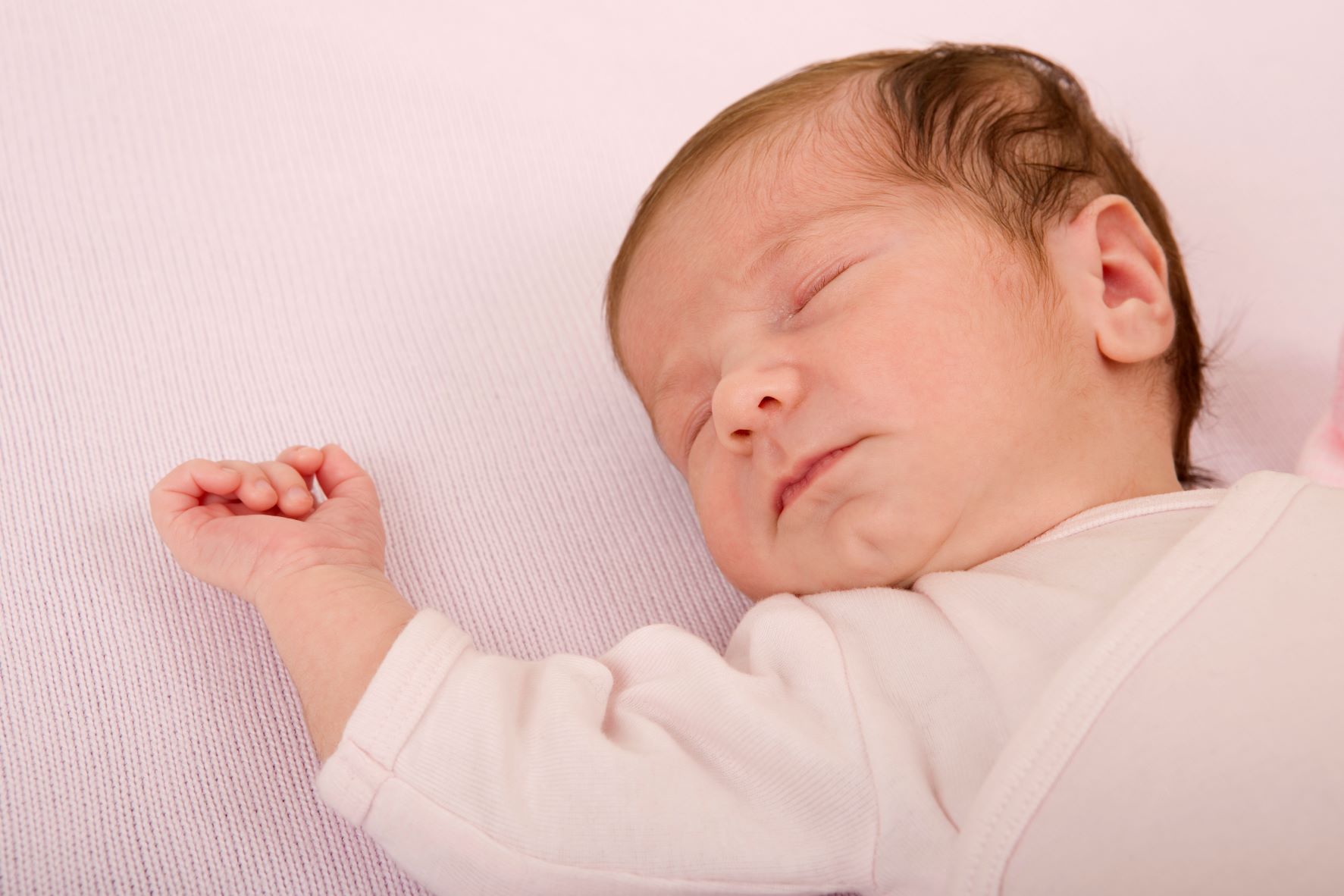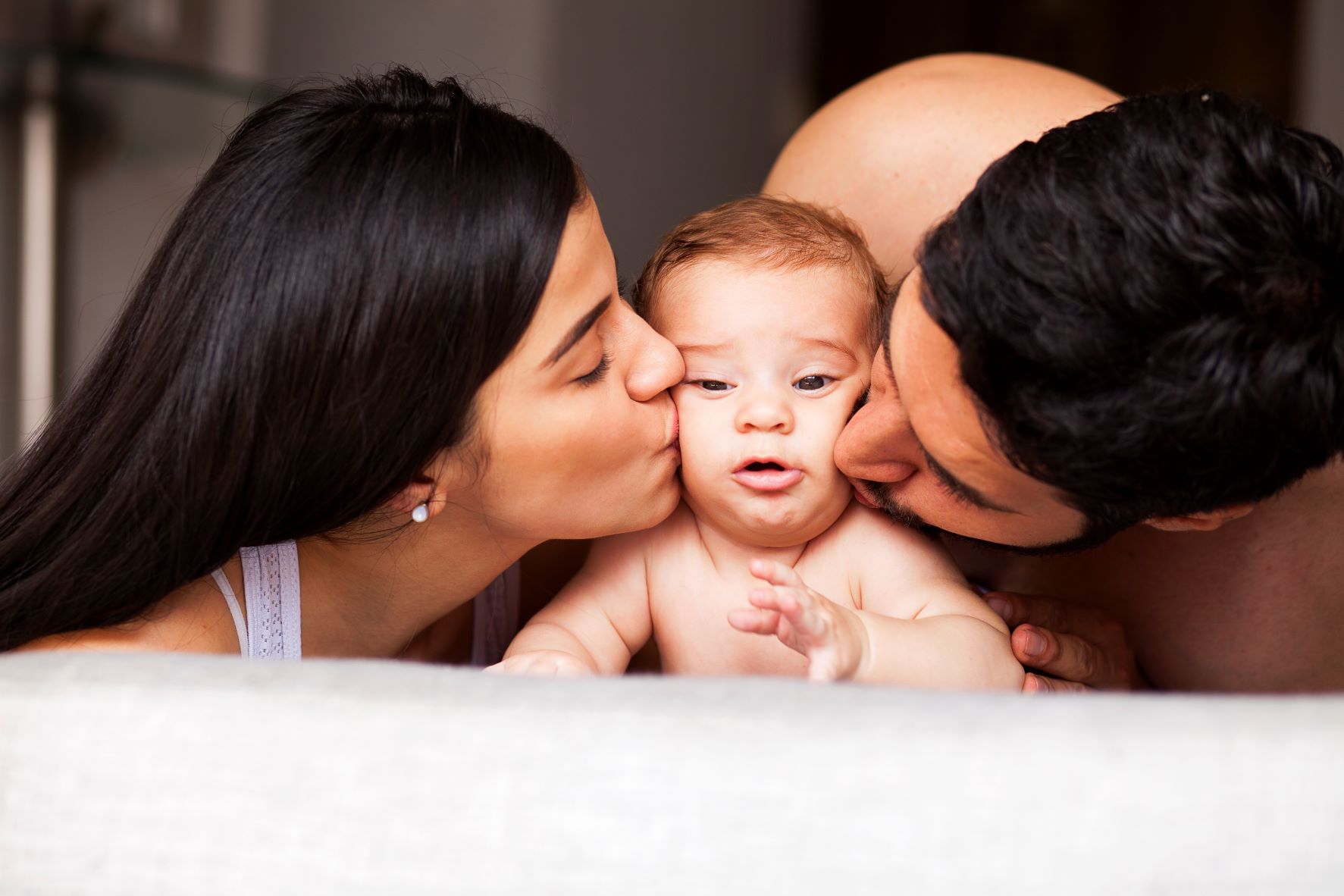
Did you know that babies only breathe through their noses? As well, they have large and heavy heads in relation to the rest of their bodies – they also have short necks, loose jaws and large tongues. These things together are why sleeping position is so important for babies – lying flat on their backs means that their airways are open.
If oxygen doesn’t reach our lungs we suffocate. In vulnerable babies this can happen if their face is covered, their nose is pinched, if their neck is positioned with their chin against their chest – or if there is pressure on or against their chest.
Babies are more at risk from accidental suffocation when they are in an adult bed or when they are near or propped up against pillows. They are also more vulnerable if they have been placed on a couch or armchair or if they are in a makeshift bed away from their home.
Around 60 babies die each year from SUDI (Sudden Unexplained Death of an Infant), and most deaths are preventable. All babies need their parents help to ensure they are settled to sleep comfortably and safely, as they simply can’t do this for themselves. Everyday things can become sleep hazards for babies as they grow, and placing babies in unsafe positions can be why they get into trouble later in their sleep; common, everyday items like: pillows, soft items, loose covers, adult bedding, soft surfaces, mattresses or couches. Items designed for babies can also cause problems – things like bibs, toys and hats.
Tiny babies are also more at risk if they sleep with other people in the same bed (and aren’t in a pēpi-pod or wahakura), if they are in bulky or tight wrapping, being propped up, have an unusual neck position or there is pressure on their chest. One of the biggest dangers is when the caregiver is using alcohol or drugs and partying.
Six principles for protecting a baby’s life
Face Up
For all sleeps baby must be slept on their back. Their wake-up reflex is strongest in this position. Since babies have been slept on their backs the rates of SUDI have dropped dramatically.
Face Clear
Baby must be free of all loose coverings, including bibs, pillows, loose swaddling, loose sheets, bumpers, soft surfaces, teddies and toys.
Smoke free
Smoking in pregnancy reduces oxygen to the baby, impacting on their development in many areas. The baby becomes used to low oxygen and once born is less likely to trigger their wake reflex in low oxygen, alarm situations.
Breastfed
A breastfed baby has a stronger immune system, gets sick less often, and has strengthened vital systems.
Close by with own space
Sleeping baby close by and in their own space protects babies from SUDI. It allows baby to be close enough to alert you of their need and for you to respond. It also ensures they have their own safe space specific to their needs as a baby.
Handled gently
Gentle handling protects babies from brain damage at a critical stage. Never shake a baby. Even a single shake can cause bleeding in and around the brain.
Make sure that your baby’s bed is safe
Baby’s bed is safe when:
- It has a firm and flat mattress to keep your baby’s airways open.
- There are no gaps between the bed frame and the mattress that could trap or wedge your baby.
- The gaps between the bars of baby’s cot are between 50 mm and 95 mm.
- There is nothing in the bed that might cover your baby’s face, lift their head or choke them – no pillows, soft toys, loose bedding, bumper pads or necklaces (including amber beads and ‘teething’ necklaces).
- Baby has their feet close to the end of their bed so they can’t burrow under the blankets.
Where baby sleeps
Baby is safest sleeping in the same room as you or the person looking after them at night for their first six months of life. Place the bassinet or cot up next to the bed in your bedroom if there is space – this way you can reach out and touch your baby. It is never safe to put your baby to sleep unattended in an adult bed, on a couch or on a chair.
If you choose to sleep in bed with your baby, put them in their own baby bed beside you – for example, in a pēpi-pod or wahakura. This may help to reduce the risk of your baby suffocating while they are asleep.Information about using pēpi-pods or wahakura are available online.
Safe swaddling guidelines for sleeping babies
- Position: Only for babies lying flat and on their backs.
- Clothes: Dress baby in light clothing and avoid over-dressing babies who are swaddled.
- Wrap size: A 120 cm x 120 cm muslin or light cotton square is ideal. Avoid undersized wraps from which babies can break free and risk a covered face.
- Wrap material: Choose lightweight wrapping material. Care is needed if wrapping with heavier materials, to prevent babies from overheating.
- Method: The end result of wrapping should be firm around the shoulders, loose around the hips, clear of the face. (Baby must be able to move their hips freely, make easy breathing movements and maintain a clear face.)
- Frequency: If swaddling is to be practised, it needs to be applied routinely from birth as ‘unaccustomed’ swaddling increases SUDI risk.
- Co-sleeping: Only swaddle babies when sleeping in their own baby bed. Swaddling in any shared sleeping situations increases SUDI risk.
- Developmental stage: Use a wrapping method that is right for baby’s developmental stage. Either stop swaddling when a baby attempts to turn, or wrap using an arms-free method.
- Specialised wraps: if using specialised wraps ensure they enable you to get the same result: firm across the shoulders, loose around the hips, clear of the face.
Remember:
Put babies to sleep on their backs so they can breathe unobstructed, and make sure there is no bedding nearby that might cover their faces. Avoid using pillows or loose blankets, remove any cords from bedding, and ensure there are no gaps in their bed in which they might become wedged.
Make sure babies sleep in a smoke-free environment and that the room is not too hot, so they will not overheat while sleeping. Babies need to be smokefree during pregnancy too.
Ensure the person looking after a baby is sober, drug-free and alert to the baby’s needs.


